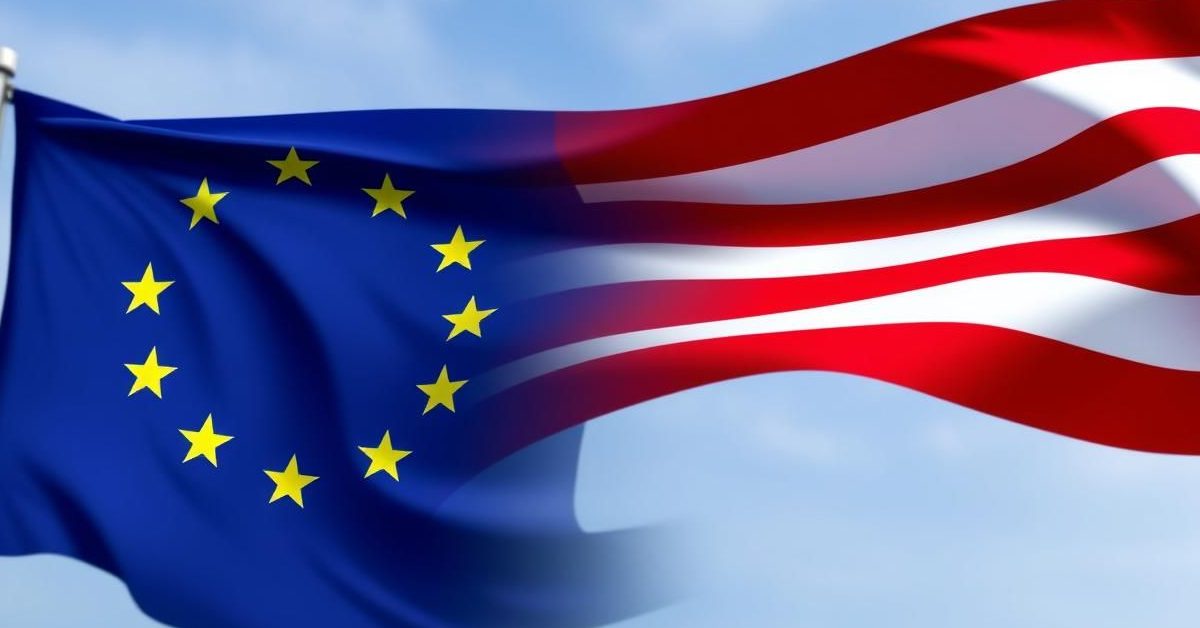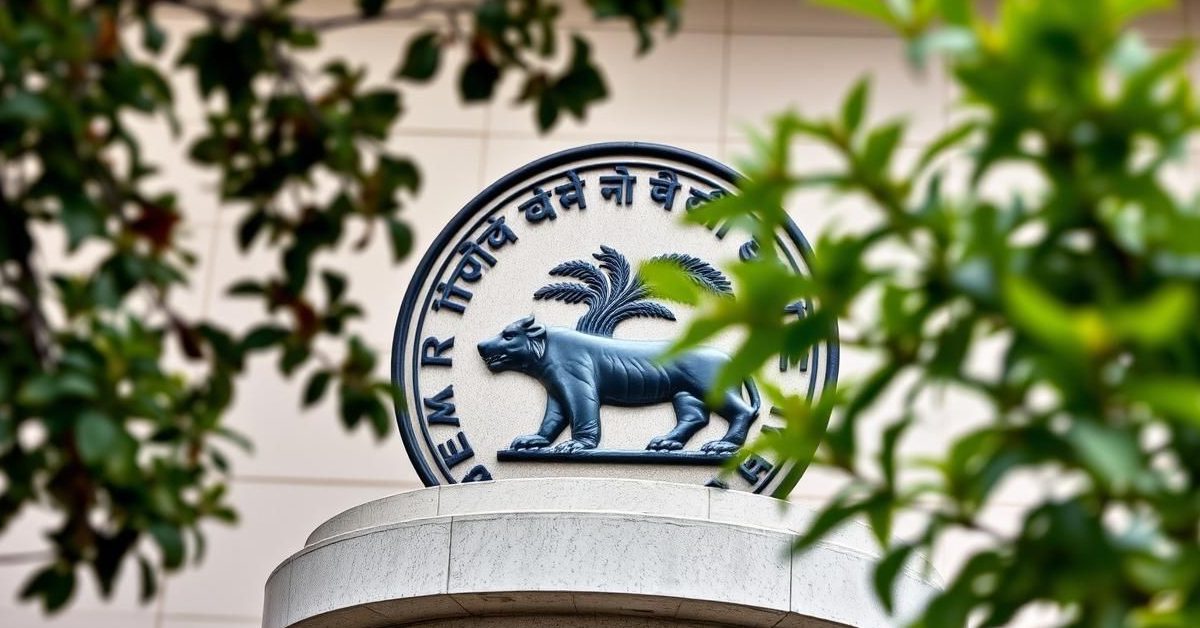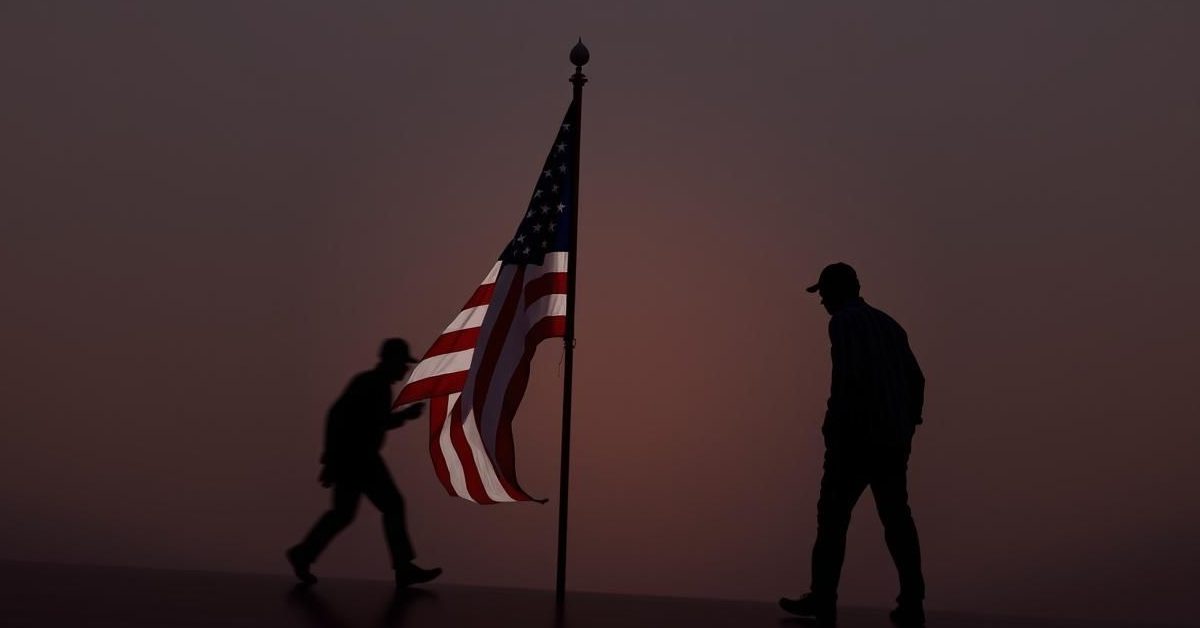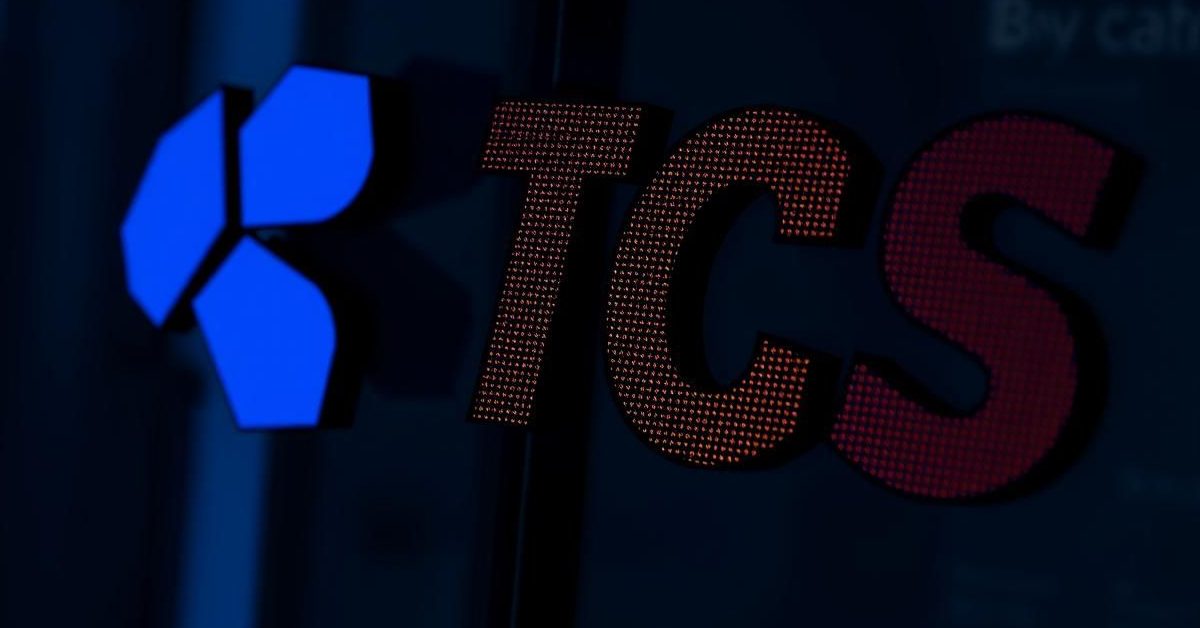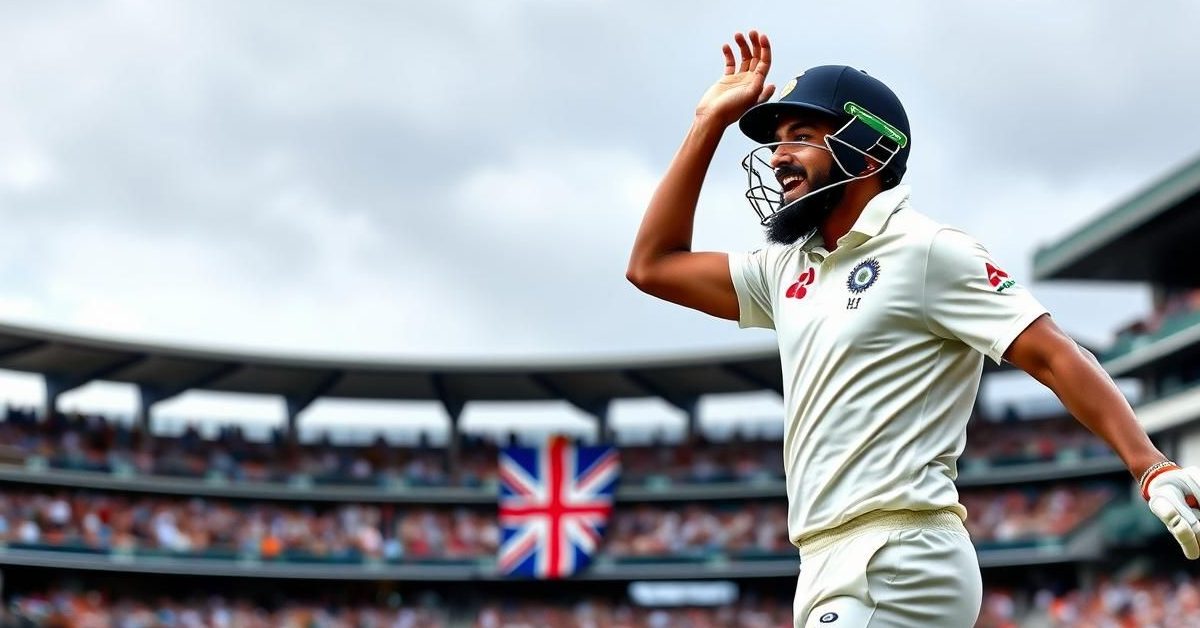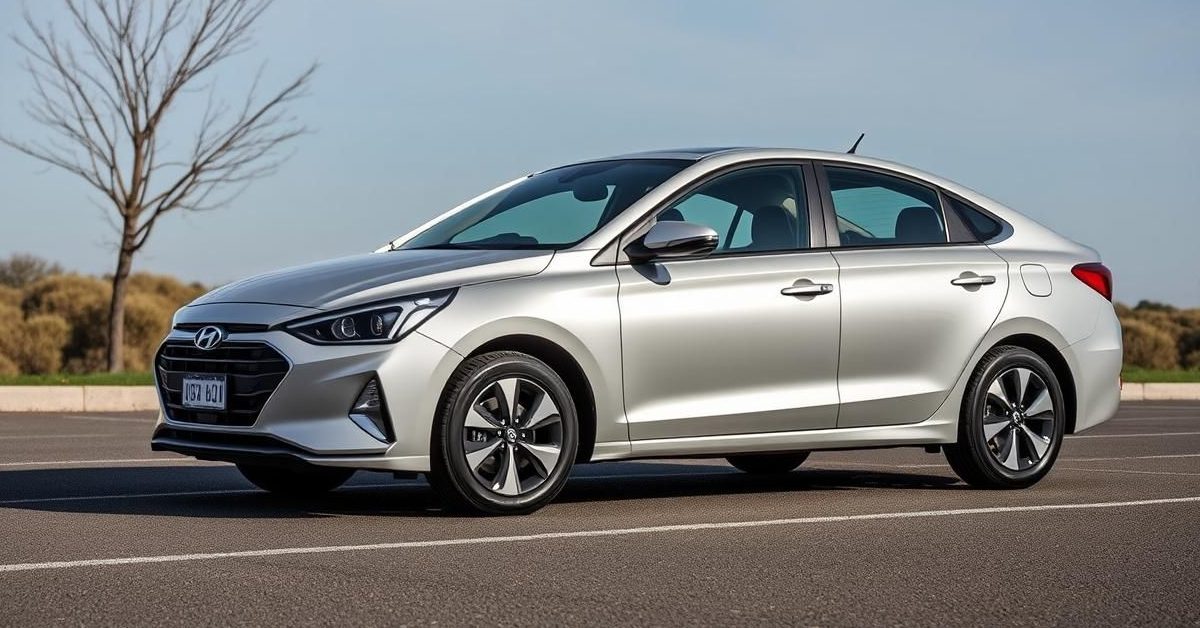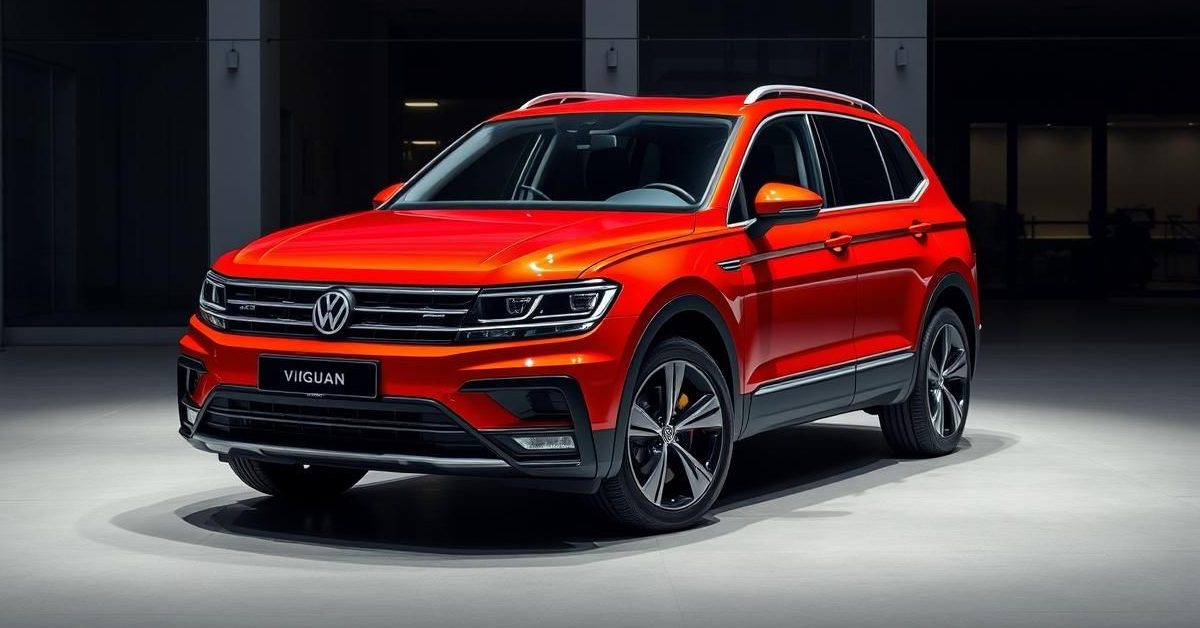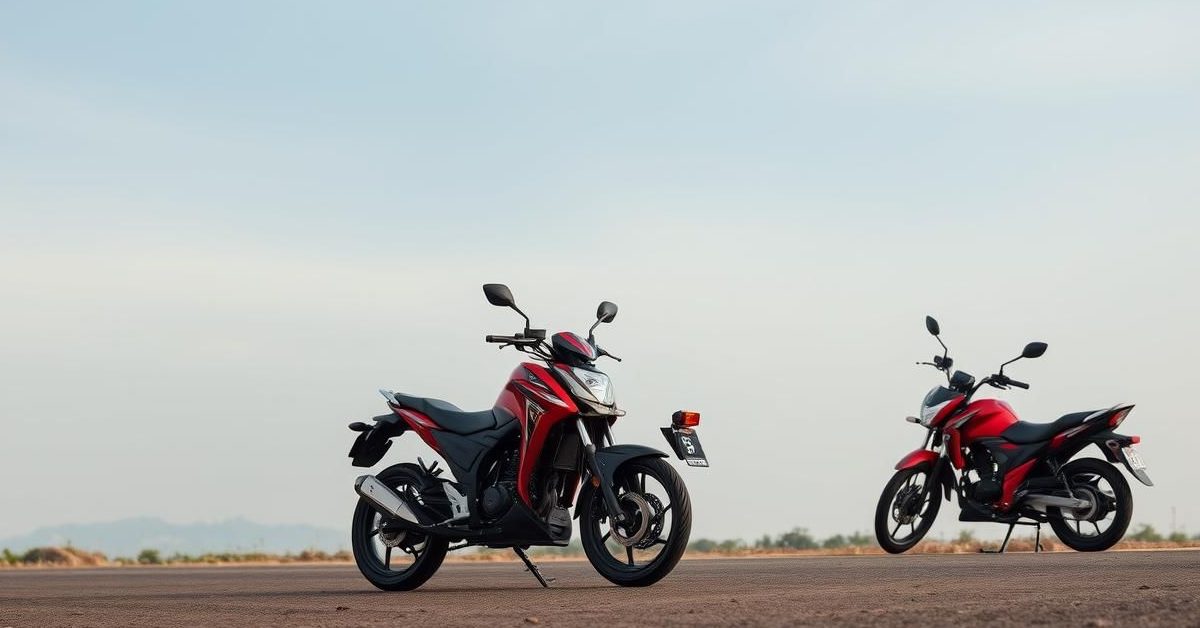As new US tariffs take effect, India is closely examining the recent trade deal between the United States and the European Union, viewing it as a cautionary tale of a potentially lopsided agreement to avoid.
The US-EU Deal: A Template for Caution
Many critics, including politicians within the EU, are openly lambasting the trade agreement signed between the US and the European Union. They claim the deal was heavily skewed in favor of the United States, leaving the EU with an unfavorable outcome.
Under this pact, the 27-nation EU bloc is largely compelled to pay a 15 percent baseline tariff on most of its exports to the US. In stark contrast, Washington DC gains significantly more access to the EU market at much lower tariff rates, seemingly without making substantial concessions in return.
Beyond tariffs, the EU has also pledged substantial investments and energy purchases. Brussels committed to ramping up investments in the US by 600 billion Euros, alongside a promise to buy 750 billion Euros worth of American energy over the next three years.
Understanding Trump’s Trade Tactics
The EU’s agreement to these terms followed a predictable pattern often seen in US trade negotiations during that period. Initially, Brussels proposed a “zero-for-zero” tariff exchange, which later evolved into a “zero-for-10 percent” offer with some sector-specific exceptions.
However, a looming threat from the US President of a 30 percent tariff if no deal was reached by an August 1 deadline appears to have been the final trigger. This high-pressure tactic forced the EU’s hand, leading its leadership to accept the deal as “the best agreement under the given circumstances.”
This strategy extended beyond the EU. Countries like Japan, South Korea, and the UK also committed to massive investments in the US—ranging from $350 billion to $550 billion—while agreeing to mostly duty-free access for American goods in exchange for a 15 percent tariff on their own exports. The consistent pattern involved initial concessions from the trading partner, followed by escalated tariff threats, and eventual capitulation as deadlines approached.
India’s Deliberate Approach
New Delhi is now wary of rushing into any trade agreement on similar terms. There’s a growing sentiment within the Indian government that an hasty deal could result in a similarly unbalanced arrangement.
India also notes that countries considered “friends” by the US administration have sometimes faced tougher terms, interpreting a softer stance as a sign of weakness. From India’s perspective, it might be more strategic to wait for China to finalize its trade deal, allowing India to compare terms and ensure a favorable outcome for itself.
Challenges Beyond the Headlines
Beyond the headline tariff numbers, questions linger about the actual implementation and legality of these fast-tracked trade deals. The detailed texts of many agreements remain undisclosed, raising doubts about how practical their provisions truly are.
For instance, it’s unclear how the EU can guarantee 650 billion Euros in private sector investments or significantly boost energy imports from the US to the tune of 750 billion Euros, given that much of this is private, not public, spending.
Furthermore, these US tariff actions may violate World Trade Organization (WTO) rules, specifically regarding most-favored-nation treatment if preferential access is granted to one country without extending it to others. The rapid pace also poses challenges for US customs officials in effectively monitoring and implementing numerous country-specific provisions.
- The US-EU trade deal is seen by India as an example of a lopsided agreement.
- The US negotiating tactic involved escalating tariff threats and demanding significant investment commitments.
- India is proceeding cautiously to avoid a similar unbalanced trade pact.
- Concerns exist regarding the practicality, legality, and implementation of these quick trade deals.
The complexities surrounding these agreements highlight the intricate balancing act nations face in today’s global trade landscape.

